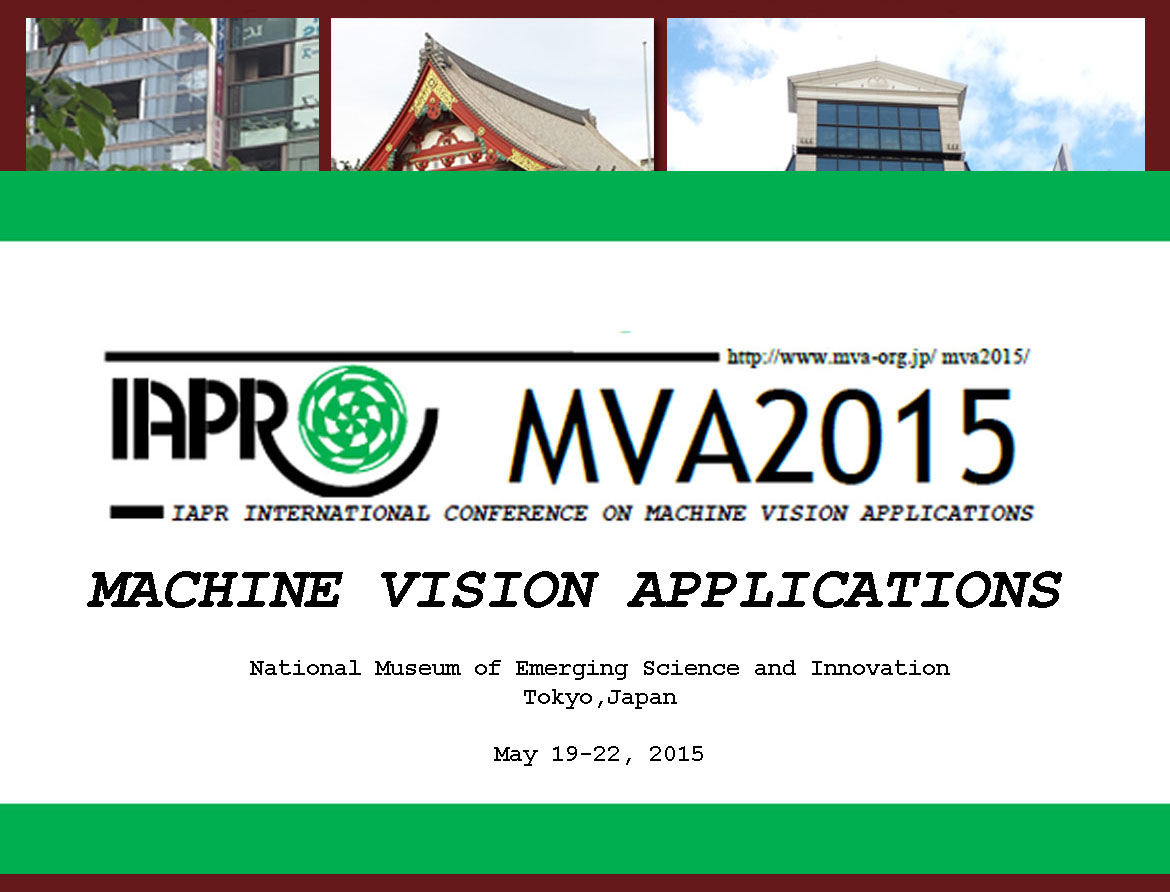Major innovations in machine vision applications are currently underway. The 14th IAPR Conference brought researchers and industry practitioners together for intensive knowledge sharing on state-of-the-art research and technologies. Alexander Filatov, CEO at Parascript, represented the company at the conference.
Among the many important subjects and trends discussed during the conference, these three were highlighted by Alexander:
- Domain adaptation for visual recognition — the approaches applicable for situations when a computer vision system is trained on images from one domain (for example, images of certain resolution or images taken in certain lighting conditions), and then utilized for images from a similar, but somewhat different, domain. Domain adaptation techniques try to mitigate this problem.
- Deep learning and convolutional neural networks for image retrieval — This is shaping up to be an area of competition between deep-pocketed companies (such as Google and Facebook) and the rest of the scientific community. There are serious indications that the deep learning methodology/approach utilized—when tens of millions of images and a huge amount of computational power are necessary for automatic training purposes—provides significantly better results currently than traditional image retrieval approaches.Unfortunately, given that only large technology companies can afford such an approach today, universities and other organizations in the scientific community are frustrated by their position in this “arms race”, and are trying to find viable alternatives.
- Vast array of machine vision applications – from pedestrian detection, grape bunch detection, etc. to estimation of intensity of fog based on road signs visibility.
The importance of high accuracy and efficiency was also a reoccurring theme throughout the conference. Accuracy and efficiency are integral to Parascript’s mission to produce the most accurate results using special algorithms that locate and extract the correct data. Parascript leverages its decades of experience and its R&D team with their PhDs in Mathematics and Physics to ensure the highest accuracy and lowest error rates in the industry.
For the basics on intelligent capture, check out:





